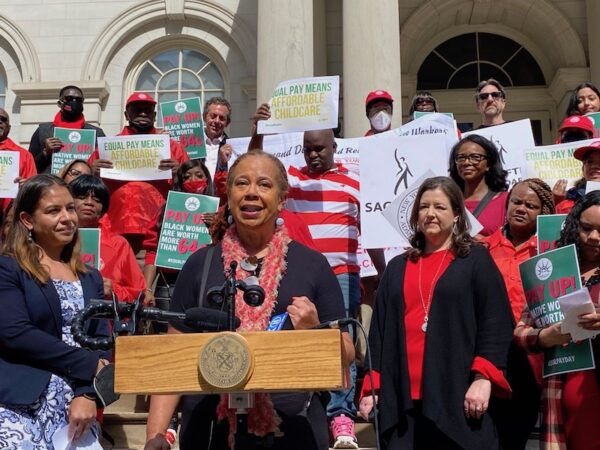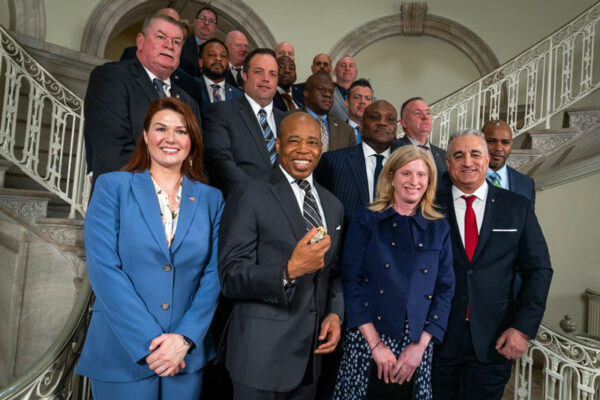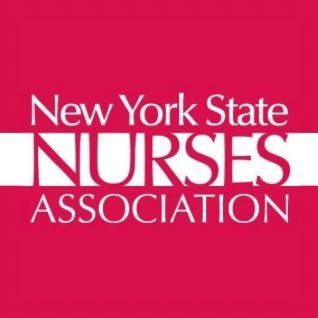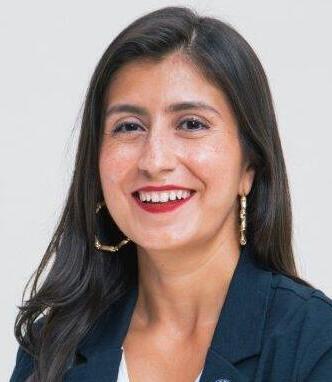
New York, NY – Scores of labor activists stood on the steps of City Hall March 15 for New York’s Equal Pay Day, the annual milestone that marks how far into a calendar year a woman has to work to make what a man earned the previous year. “What do we want? Equal Pay! When do we want it? Now,” the boisterous crowd declared in unison.
NOT JUST PRIVATE SECTOR
“We know within the New York City municipal workforce the median salary for male employees is $21,600 higher than the median salary for female employees and that’s even with all the work done by unions and all of us,” Council Member Gale Brewer told the enthusiastic crowd. “Our work is not done. In New York City the wage gap is 86 cents for every dollar earned by men and, of course, for women of color it’s even worse.”
Nationally, according to the organizers of the rally, women working full time earned 83 cents to every dollar earned by a man, with New York State slightly better with women earning 86 cents. The pay gap was even more pronounced for women of color, whose annual pay was between 56 cents and 64 cents compared to the dollar earned by a man.
The gender pay gap has endured, and shortchanged generations of women and their families, despite the passage of the Equal Pay Act of 1963.
TRANSPARENCY KEY
This year, the protestors’ agenda included passage in Albany of the New York State Salary Range Disclosure Law requiring employers to post the minimum and maximum salary ranges. In addition, the broad coalition of labor and social justice advocacy groups are calling for Albany lawmakers, in the home stretch of budget negotiations, to increase funding for universal child care as well as for fair pay for the over 200,000 home care workers.
The lower Manhattan protest was held on a spring-like day — and as in past actions, the majority of participants were wearing red, the colors of CWA 1180, which represents close to ten thousand mostly women who work for the city of New York and in the nonprofit sector as administrative managers.
In an interview after the rally, CWA Local 1180 President Gloria Middleton said it was particularly shocking that the gender pay gap existed within New York City’s own civil service, which includes over 300,000 people in dozens of agencies and Health + Hospitals, the city’s municipal health care system.
“As we looked at the statistics we were just overwhelmed at the way the city has this [gender] pay gap,” Middleton said. “It doesn’t matter what department. We just see it is all over the place. What was most notable was in the Human Resources Administration, when we looked at what higher management —directors and assistant directors [mostly female] salaries and compared them to the director salaries being paid by the Department of Transportation where those jobs are held mostly by men—there’s a disparity of thousands and thousands of dollars. It’s ridiculous.”
FDNY FIRE VS. EMS DISPARITY
Middleton said that one of the most egregious examples of the gender pay and benefits gap was with in the New York City Fire Department where, despite recent contract gains, the Emergency Medical Service, composed primarily of women and people of color, makes thousands of dollars less than the FDNY’s firefighters who are overwhelmingly white male. In addition, FDNY EMS workers are limited to 12 sick days. whereas firefighters have unlimited sick time, something that proved to be vital in the aftermath of the 9/11 WTC attack and clean-up, as well as during the COVID pandemic.
Middleton said the pandemic — which killed tens of thousands of New Yorkers and close to a million Americans — drove home the need for total parity between firefighters and the Emergency Medical Service. “They are lifesavers,” said Middleton. “That’s their job and during the pandemic a lot of them got sick and a lot of them passed away. It is so unfair that they are looked at any differently than firefighters.”
Mary Lawson, a retired New York City Department of Health Public Health nurse supervisor, told the large City Hall crowd that her former co-workers working for DOH made thousands of dollars less than their colleagues, who had the same credentials, but were assigned to the Department of Education.
A COSTLY SCRAMBLE
“We also respond to public health emergencies, from 9/11 to the pandemic, but we are being paid less than DOE nurses for doing the same job for over a decade—it’s unconscionable,” she said. Lawson explained that as a result of the city having left 400 DOH school nursing slots vacant since before the pandemic, it had to scramble when COVID hit by spending $69 million to pay outside contract nurses between $90 to $120 an hour. “That’s how we had nurses in the schools this year—not because of fixing the problem that’s ten years old—enough is enough,” she added.
The City Council’s first-ever majority female caucus, now 31 members strong, was well represented at the event. New York City Council Member and career educator Rita Joseph, is now the chair of the Council’s Education Committee.
“Over the years I have educated so many children — but to know that so many of my female students would not be able to match their male peers [in earnings] — it just pained me, no matter how smart, no matter how driven my girls were — I knew that this world was not ready to pay them the same as the male students,” Joseph said.
The annual event comes at a time of unprecedented tumult in the American workforce with economists flagging a worker shortage as a major risk for the nation’s post-pandemic recovery.
ECONOMIC FALLOUT HITS WOMEN HARDEST
More than 17 million Americans have left their jobs; five million more than the total rank and file of the AFL-CIO’s dozens of member unions. In addition, labor economists report close to two million women were forced out of the workforce to care for their children who were at home receiving remote instruction or to care for elderly relatives. Newsweek reported last year, that 4.5 million fewer women were employed than at the start of the pandemic.
Experts warn that their exit could set back women a generation in terms of earning power if they should return and would haunt them either way in terms of their retirement with reduced Social Security benefits. Newsweek quoted experts that estimated it could “cost the typical American woman nearly $600,000 in lifetime income.”
Beverly Neufeld, president of PowHer New York, the lead non-profit on the annual event, said lawmakers had to factor the pandemic’s enduring economic impact on women as they decided on the state’s budget priorities.
“On this Equal Pay Day we want to look at the issue of equal pay in multiple ways,” Neufeld said during a City Hall interview after the rally. “It is not just equal pay for equal work. We need to have fair pay for caregivers. We undervalue women’s work. We also need to support women who do work and that does mean we need childcare. Right now, the state is looking at that in a serious way. Without it, people can’t go back to work. Without that, we won’t have a recovery for women or anyone.”
The push in Albany comes a few months after President Biden’s ambitious $1.7 trillion Build Back Better agenda, which included increased access to child care and universal Pre-K, was blocked by the U.S. Senate’s Republicans as well as Senators Joe Manchin (D-WV) and Kyrsten Sinema (D-AZ.).






